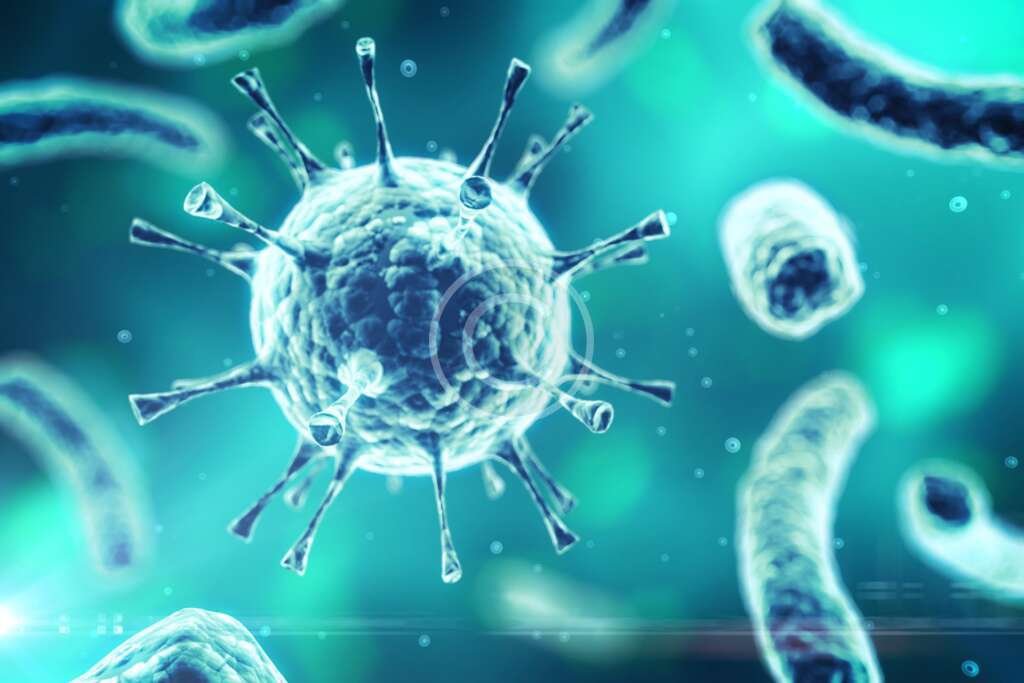Copper, an essential trace mineral, plays a critical role in several biological processes, including red blood cell (RBC) formation and energy production. Although the body requires it in small amounts, its impact on human physiology is profound. This article explores the intricate ways copper influences hematopoiesis (the formation of blood cells), mitochondrial energy production, and overall health.
1. Introduction to Copper as a Trace Element
Copper, classified as a trace element, is vital for human health. It acts as a cofactor for numerous enzymes, facilitating enzymatic reactions that are essential for energy production and blood formation. While the body only needs about 900 micrograms per day, its deficiency or excess can lead to serious health consequences. Key functions of copper include:- Supporting iron metabolism: Copper enables the body to absorb and utilize iron effectively.
- Aiding energy production: Copper-dependent enzymes are crucial for cellular respiration and ATP synthesis.
- Protecting against oxidative stress: Copper plays a role in antioxidant defense mechanisms.
2. Copper and Red Blood Cell Formation
Role in Iron Absorption and Utilization
Copper and iron metabolism are closely linked. Copper facilitates the absorption of iron in the intestines and its release from storage sites in the liver. Without adequate copper, iron cannot be properly utilized, leading to iron-deficiency anemia. This is because copper-dependent enzymes, such as ferroxidases, oxidize iron into a form that can bind to transferrin for transport in the blood.Ceruloplasmin: The Copper-Dependent Protein
Ceruloplasmin, a copper-carrying protein, is central to iron metabolism and RBC production. It has the dual role of transporting copper and oxidizing ferrous iron (Fe²⁺) to ferric iron (Fe³⁺), the form required for hemoglobin synthesis. A lack of ceruloplasmin activity disrupts this process, impairing RBC formation and oxygen transport.Impact on Hemoglobin Synthesis
Copper indirectly supports hemoglobin synthesis by ensuring the availability of iron in its usable form. Hemoglobin, the oxygen-carrying protein in RBCs, relies on sufficient iron, which is mobilized and oxidized with copper’s help. Copper deficiency can lead to hypochromic anemia, characterized by pale and small RBCs.3. Copper’s Role in Energy Production
Copper and Mitochondrial Function
Mitochondria, the “powerhouses” of the cell, are the primary site of energy production. Copper is essential for mitochondrial function, as it is involved in the electron transport chain (ETC), the cellular process that generates ATP (adenosine triphosphate).Role in Cytochrome c Oxidase
One of the key copper-dependent enzymes is cytochrome c oxidase (COX), which is part of Complex IV in the ETC. This enzyme facilitates the transfer of electrons to oxygen, the final electron acceptor, to form water. This step is critical for maintaining the proton gradient that drives ATP synthesis.ATP Production and Copper
Copper deficiency disrupts mitochondrial energy production, leading to symptoms like fatigue, muscle weakness, and reduced stamina. The body’s inability to produce sufficient ATP impacts all energy-demanding processes, including physical activity, brain function, and metabolic reactions.4. Copper Deficiency: Effects on RBCs and Energy Levels
Symptoms of Copper Deficiency
- Anemia: Caused by impaired iron metabolism and reduced hemoglobin production.
- Fatigue: Due to decreased ATP production in mitochondria.
- Neurological Symptoms: Including difficulty walking, numbness, and cognitive decline.
- Weakened Immunity: Lower production of white blood cells.
Who Is at Risk?
- Malnourished Individuals: Poor dietary intake can lead to deficiency.
- Patients with Malabsorption Disorders: Conditions like Crohn’s disease or celiac disease impair copper absorption.
- Bariatric Surgery Patients: Altered digestion reduces copper availability.
5. Sources of Dietary Copper
Animal-Based Sources
- Liver: Beef and lamb liver are particularly high in copper.
- Shellfish: Oysters, crabs, and clams.
- Fish: Certain fish like salmon and tuna.
Plant-Based Sources
- Nuts and Seeds: Almonds, cashews, sunflower seeds, and sesame seeds.
- Legumes: Lentils, chickpeas, and black beans.
- Whole Grains: Quinoa, oats, and barley.
Fortified Foods
- Some cereals and plant-based milk are fortified with copper.


